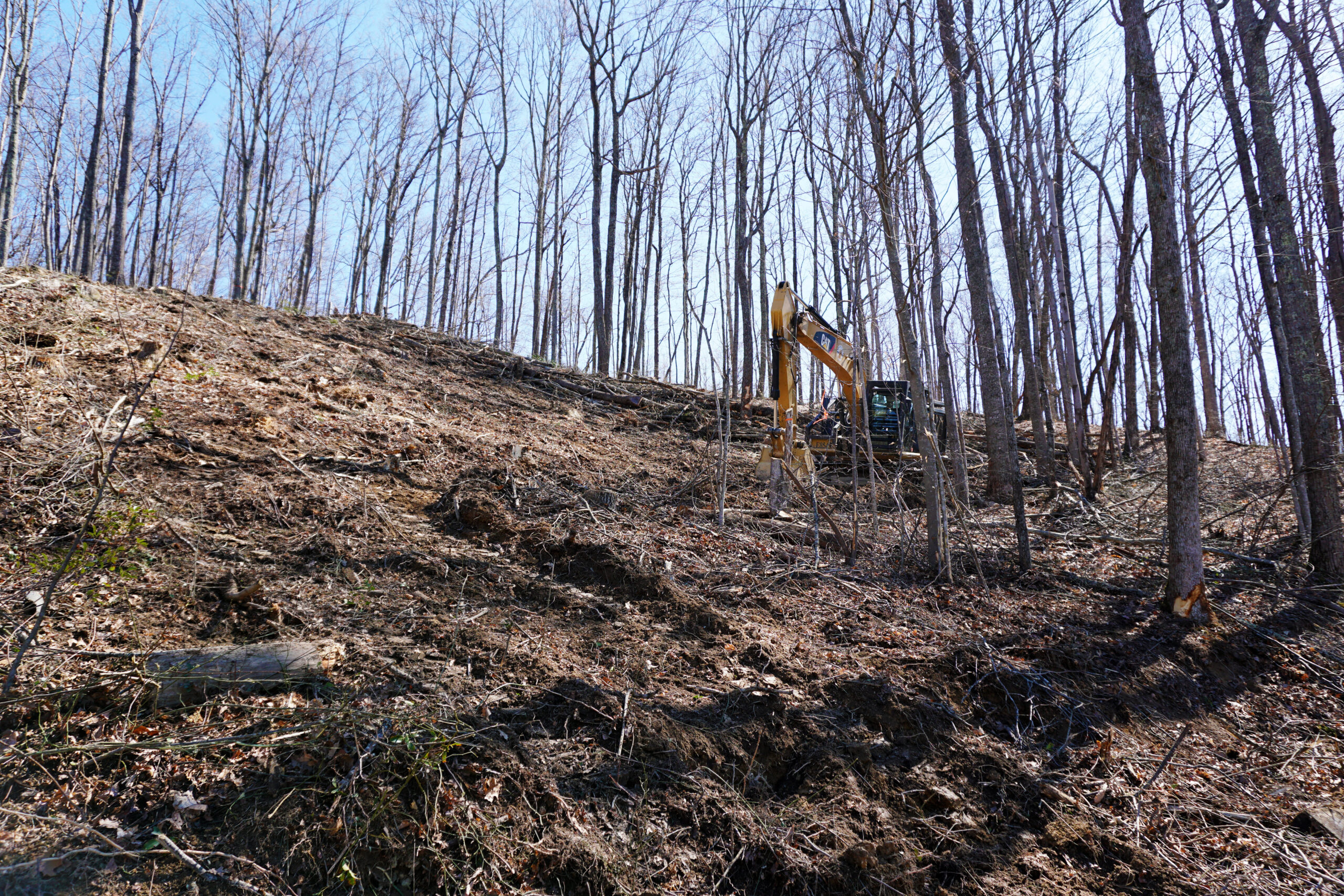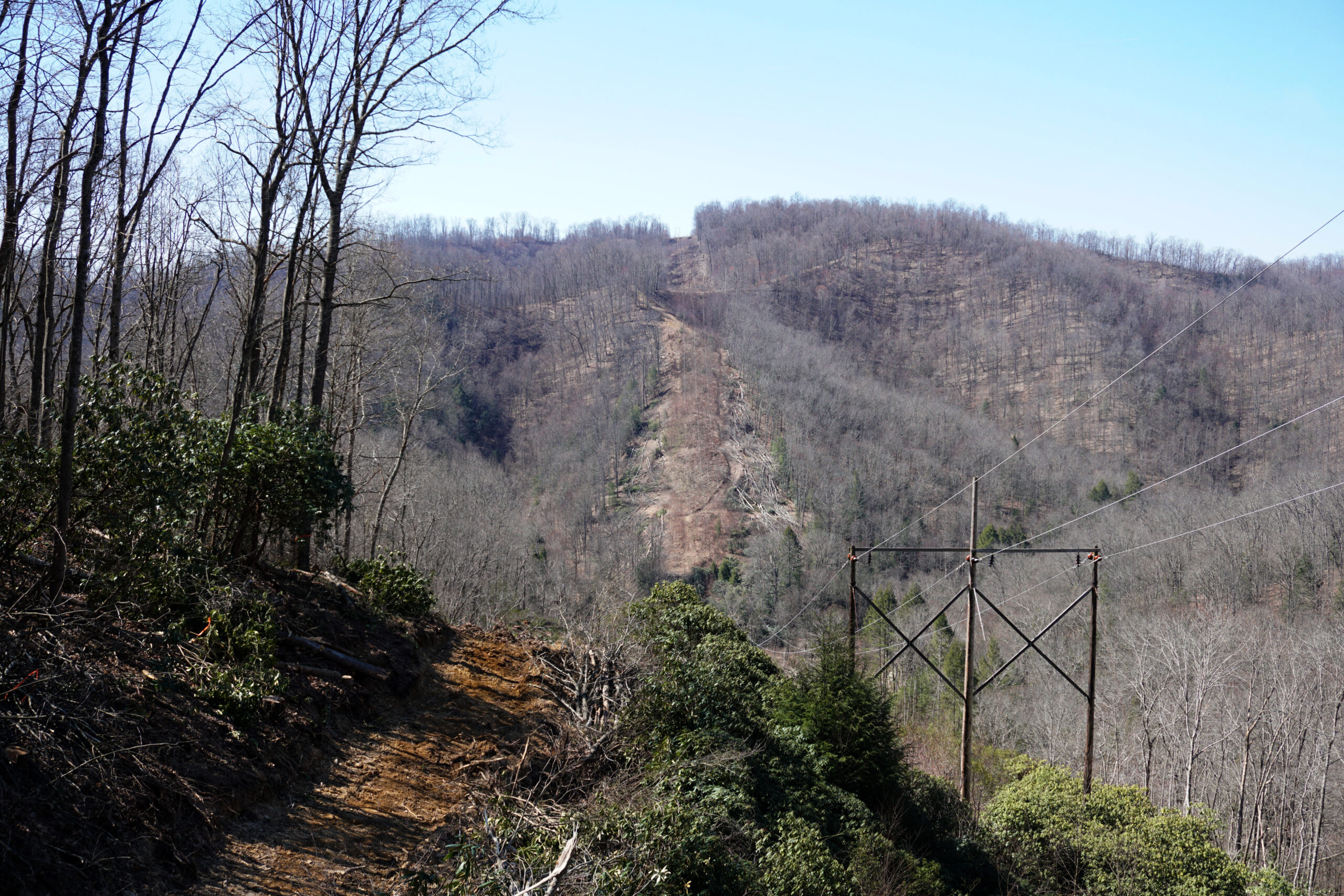
Location
Baileysville, West Virginia
P&J's Role
Subcontractor
Completion Date
June 2021

Baileysville, West Virginia
Subcontractor
June 2021
P&J was contracted to complete right-of-way (ROW) clearing for an American Electric Power (AEP) transmission line in West Virginia. The transmission line included 17 miles of existing ROW.
P&J’s scope of work included clearing new ROW to AEP’s specifications and special conditions as directed by the EPC Services. In addition, P&J provided clearing support for the access road subcontractor in steep areas that required technical tree felling. The line predominately crossed mountainous-forested terrain. Small valleys and ridgelines along the line route ranged in elevation from 1150ft to 2600 ft. The line also crossed the Guyandotte River at three locations along the alignment and under the Jackson Ferry –Wyoming 765 kV line and the Baileysville –Itmann 138 kV line. The highest elevation along the line was approximately ½ mile south of Poplar Gap Station.




The existing and aging transmissions lines, built in the early-mid 1900’s, were often constructed with straight alignments and on steep side-slopes using mule teams and by hand with no or limited heavy equipment. Today, this method in steep terrain is impractical and unsafe. Additionally, modern transmission structures and conductors are larger and heavier. Therefore, heavy equipment (such as cranes), crane pads and access roads are required, often creating land slips/slides and environmental risks. During siting for rebuild and upgrade projects, the Owner evaluated the existing alignments to determine if reroutes were needed off the steep side-slopes due to constructability issues. During siting for new routes, constructability (for example, access roads) was considered early and throughout route development. Access roads in mountainous areas generally average twice the line length of the transmission line.
The preferred method of mechanical clearing was not an option in many areas due to a lack of accessibility beyond an offroad vehicle, which led P&J to hand fell the majority of the new ROW. P&J also successfully performed the work during severe weather conditions, snow, ice and, continual significant rainfall.